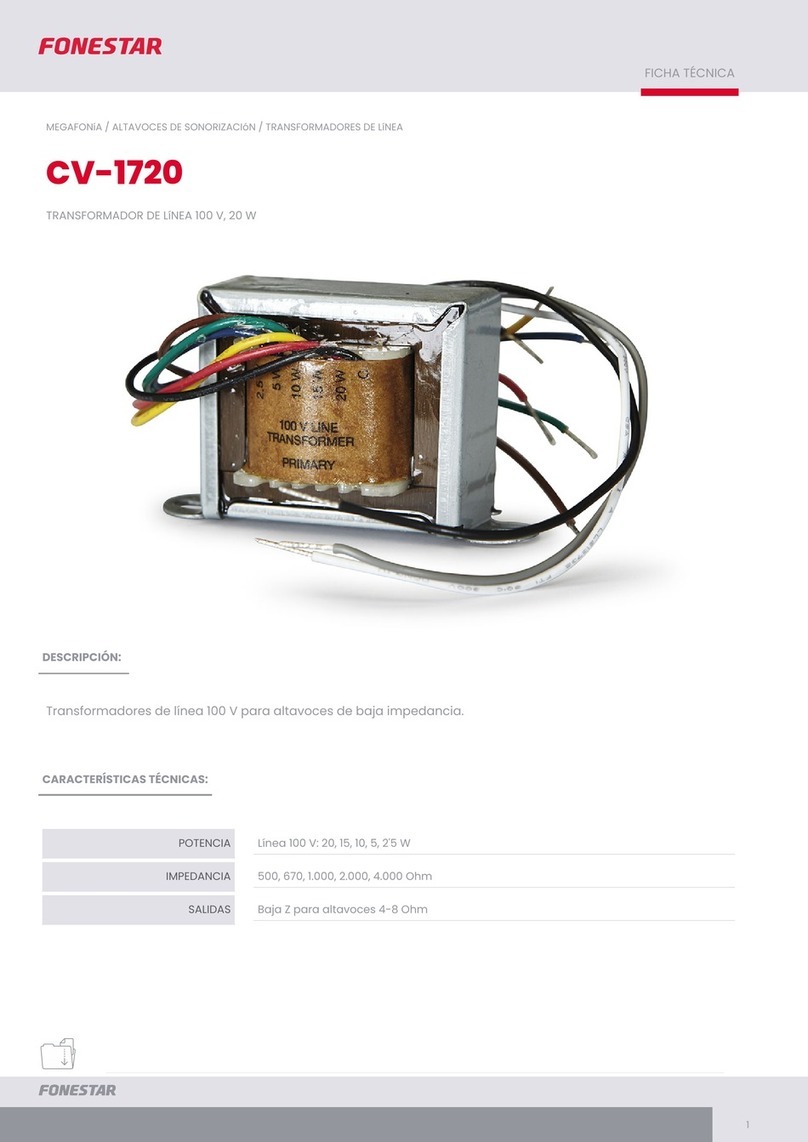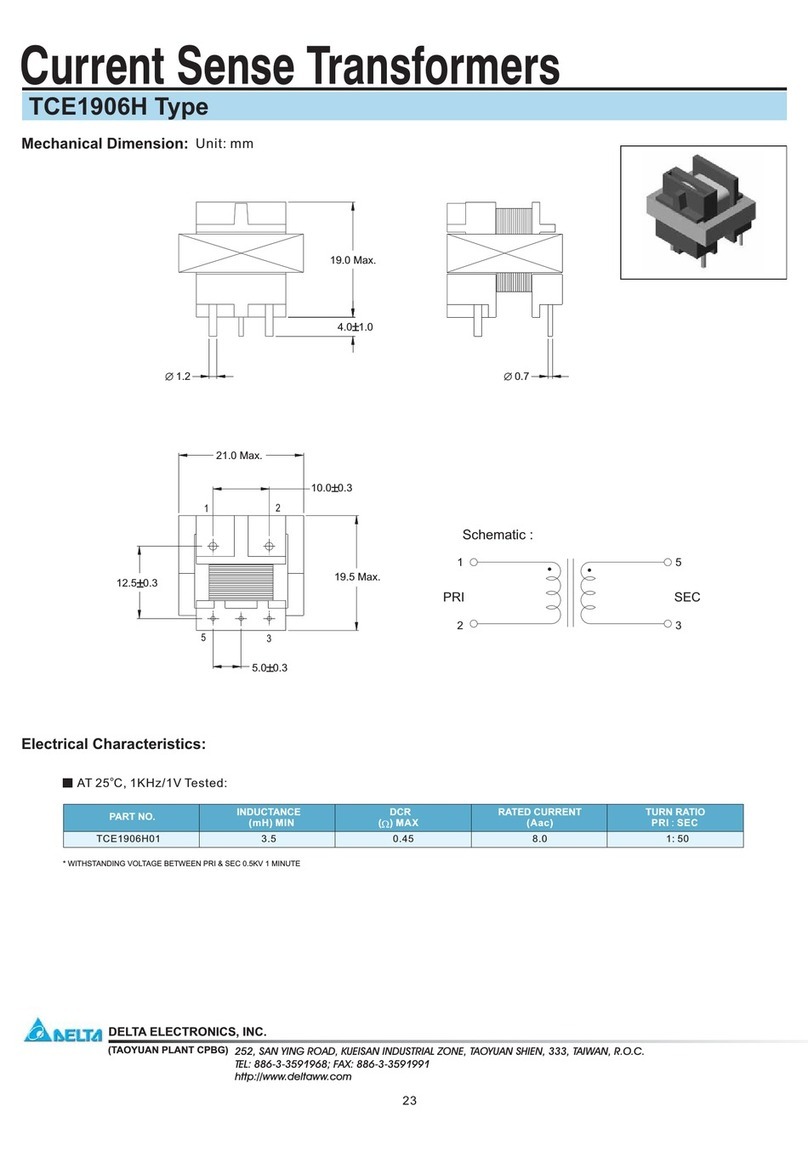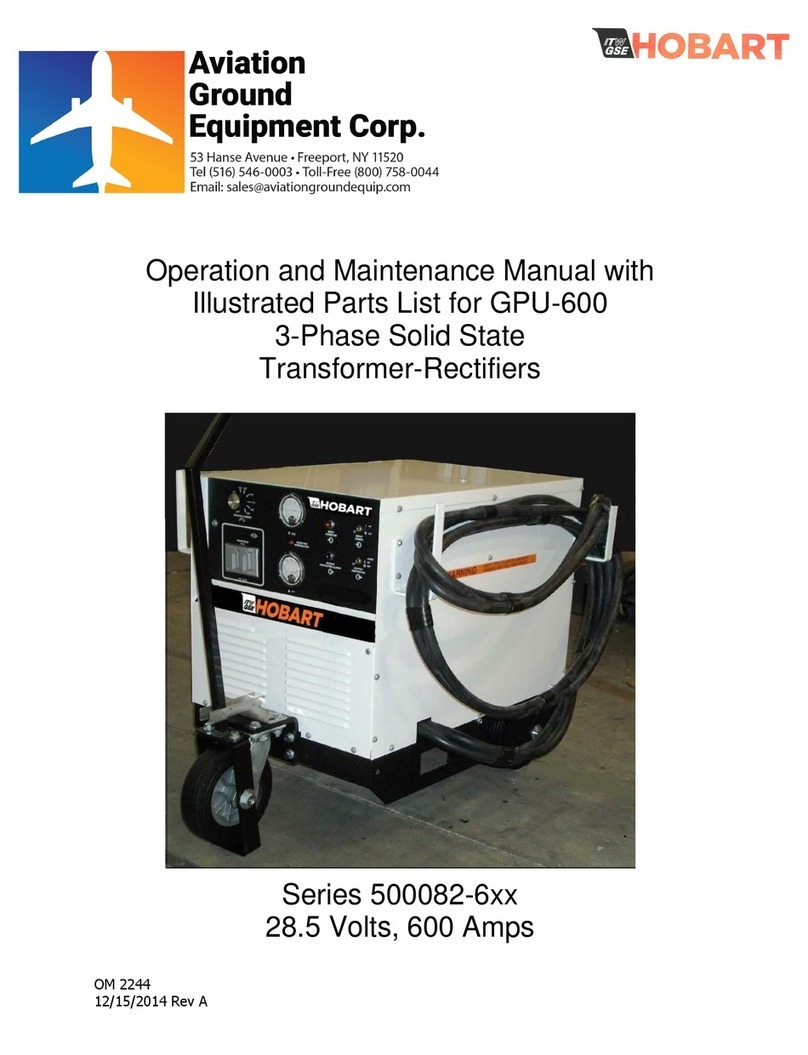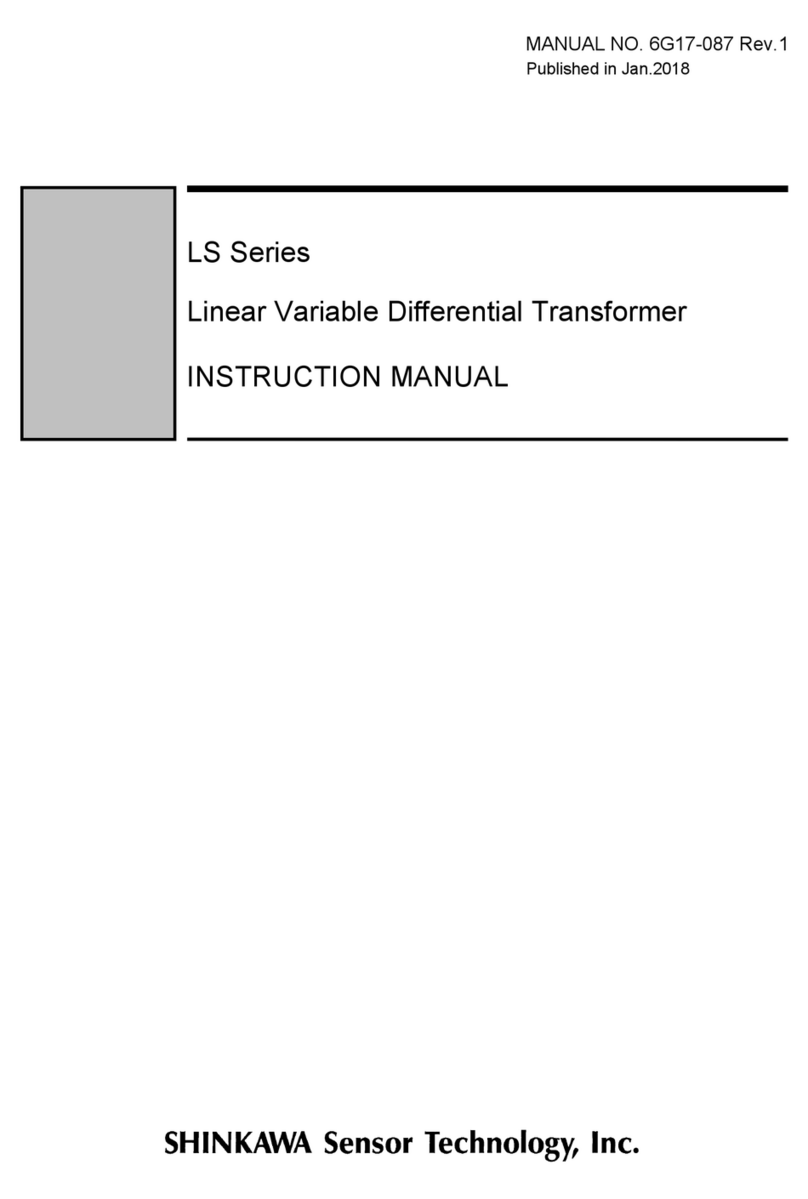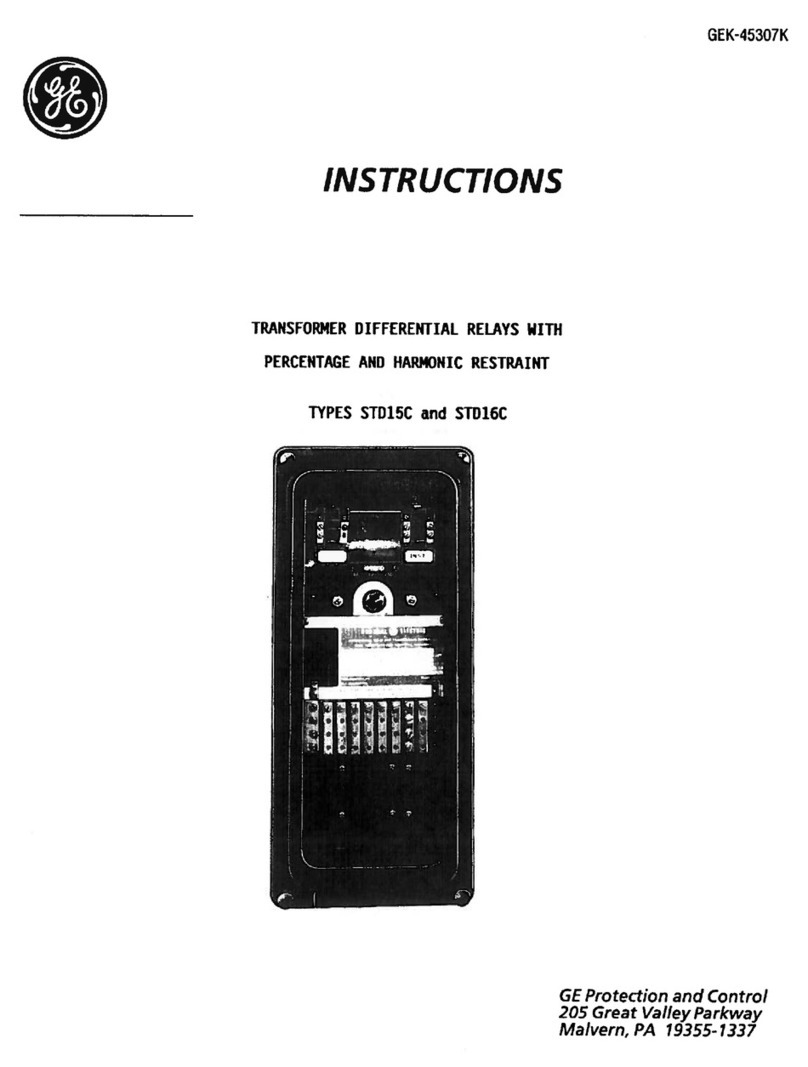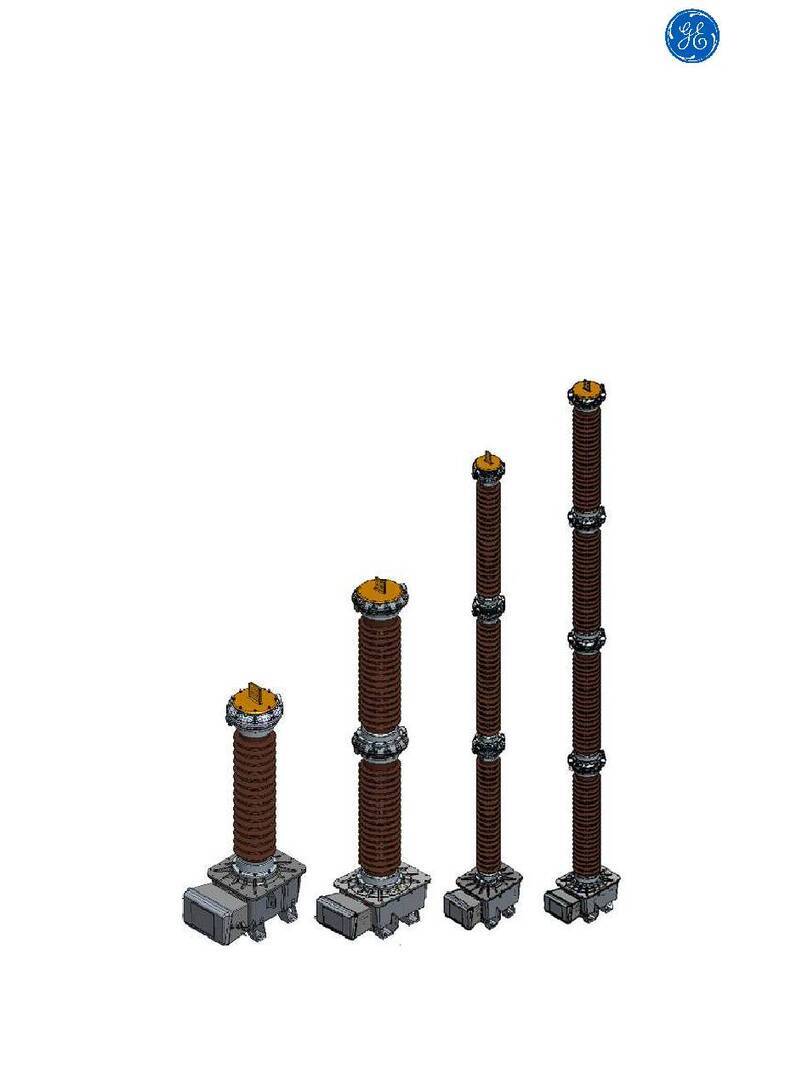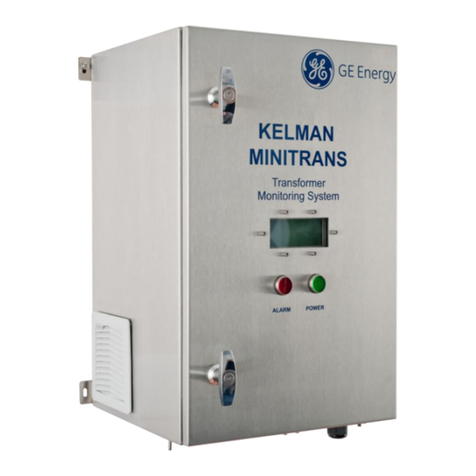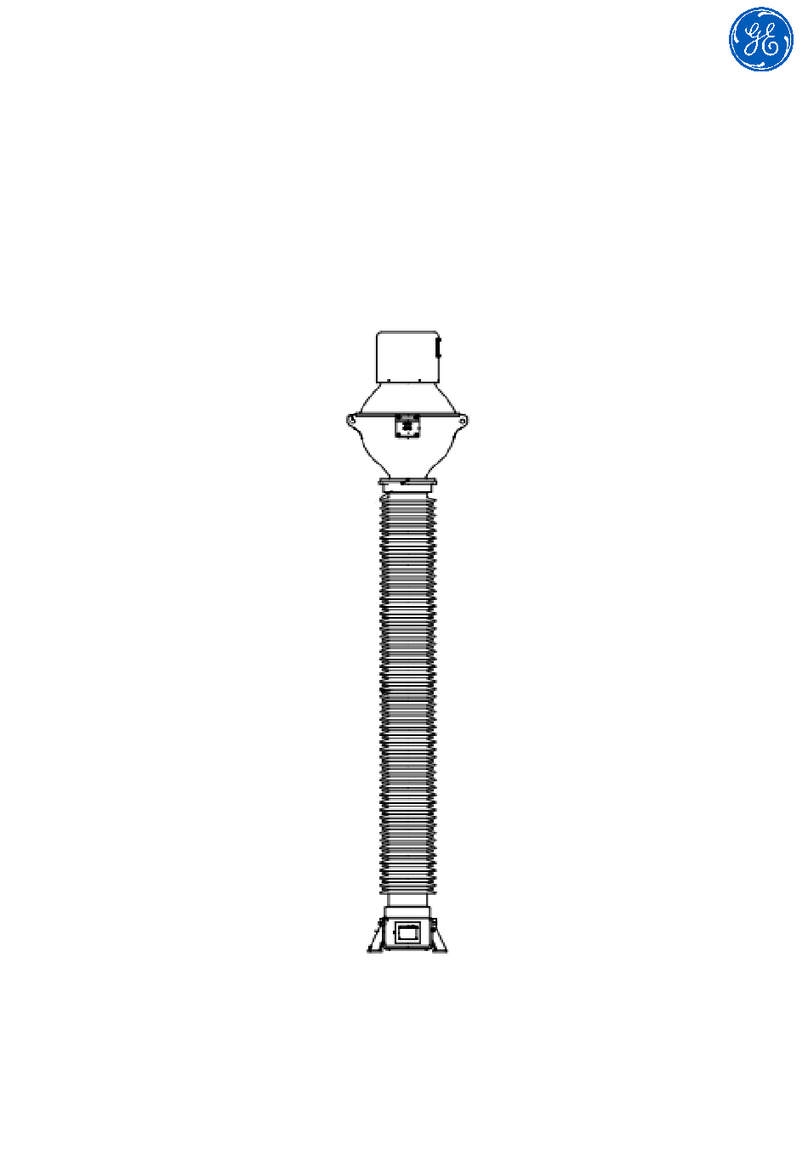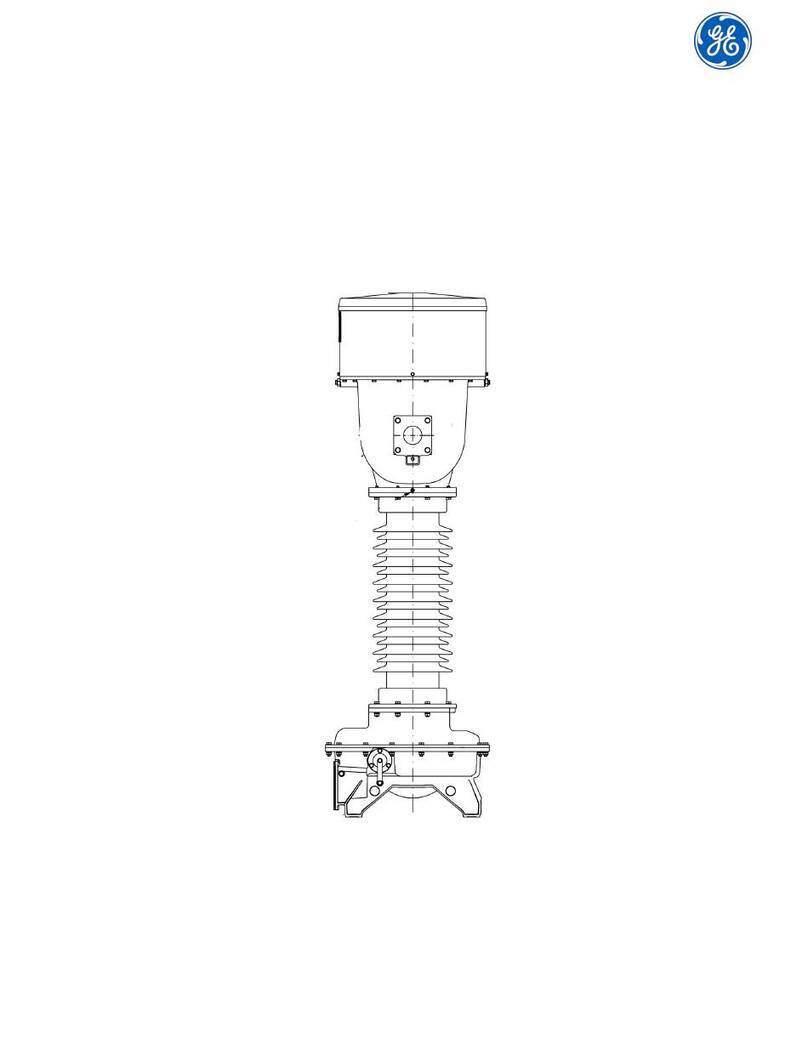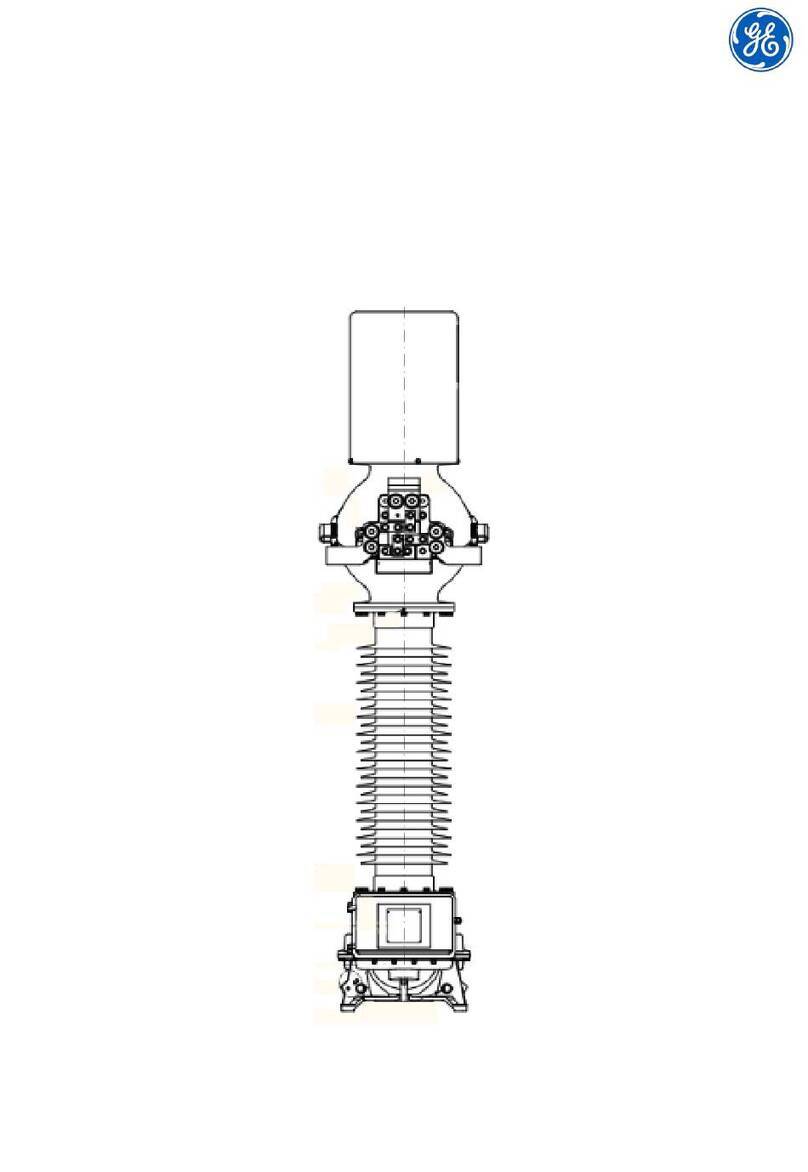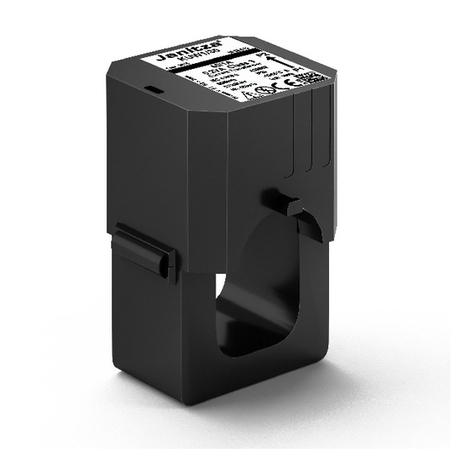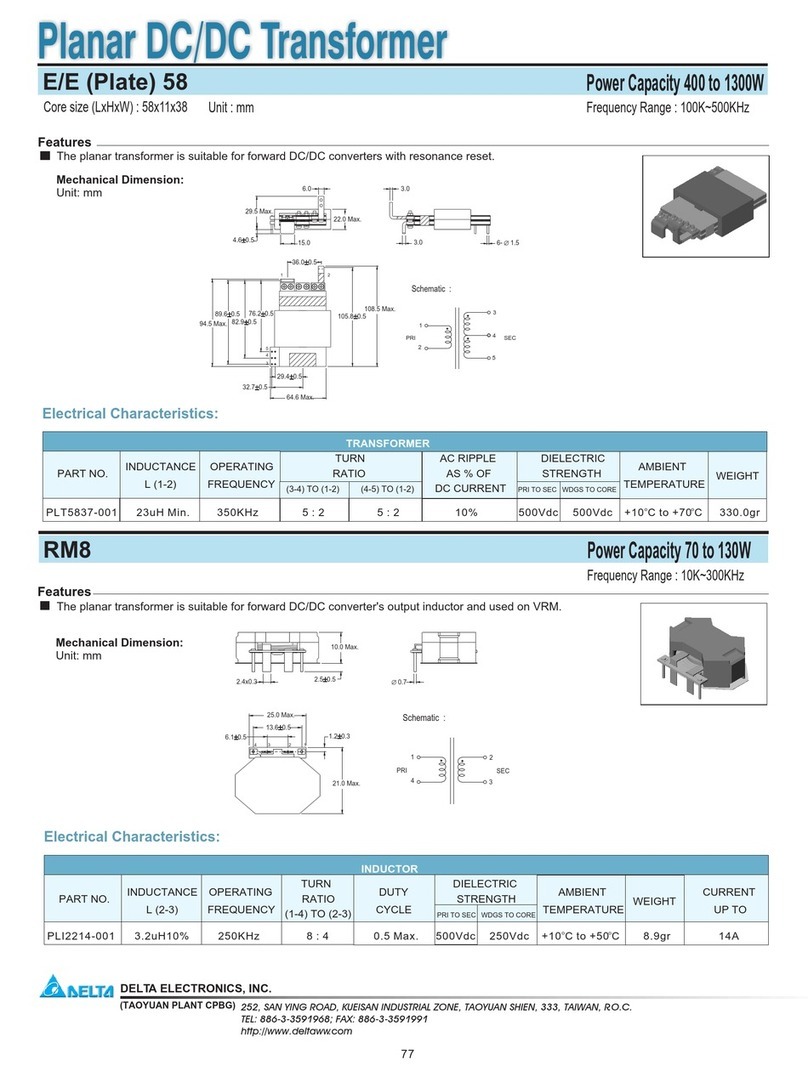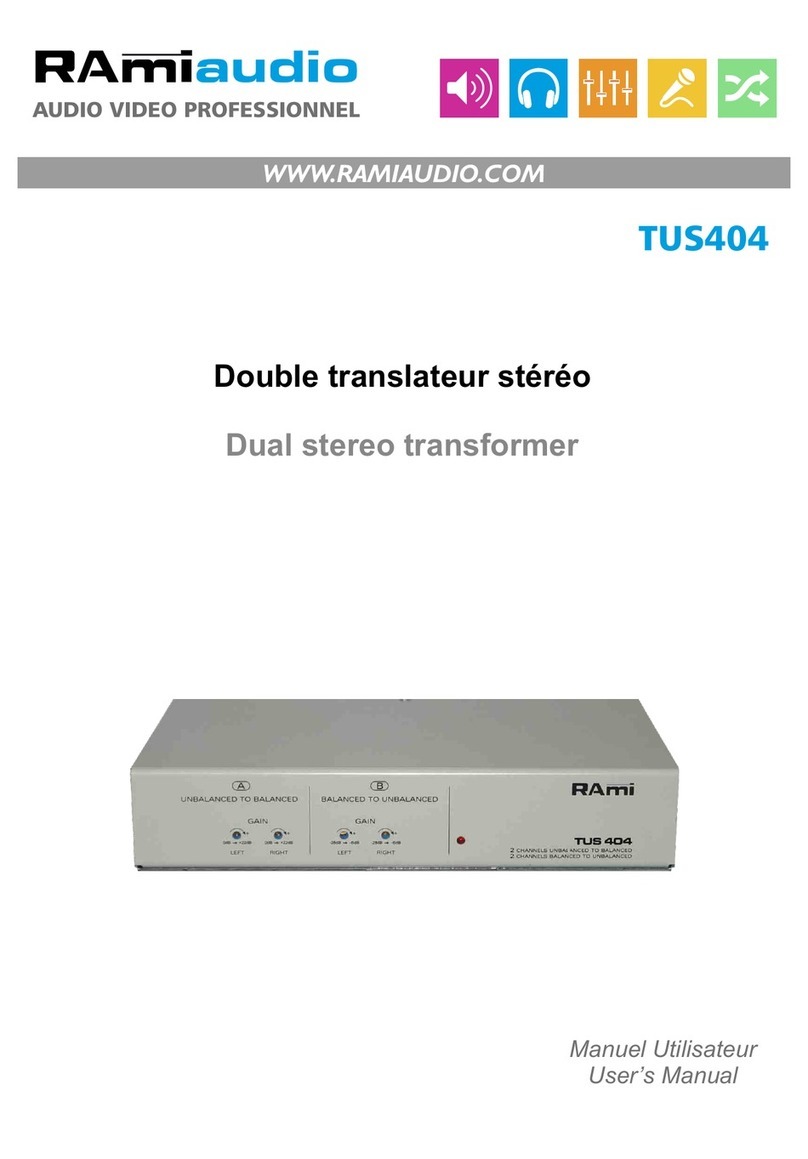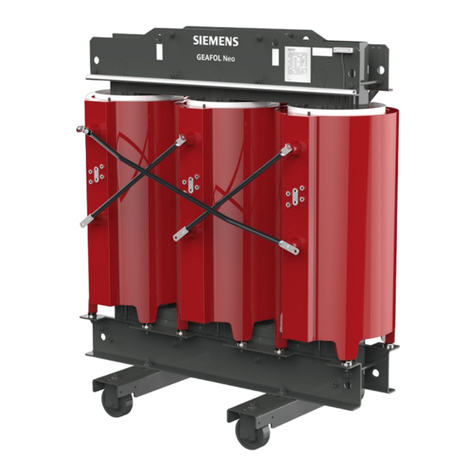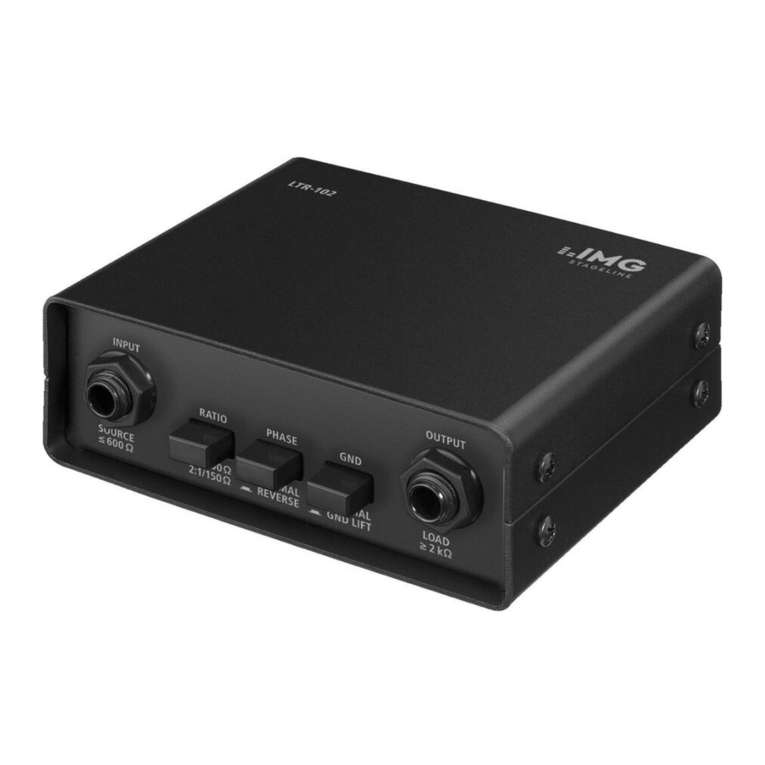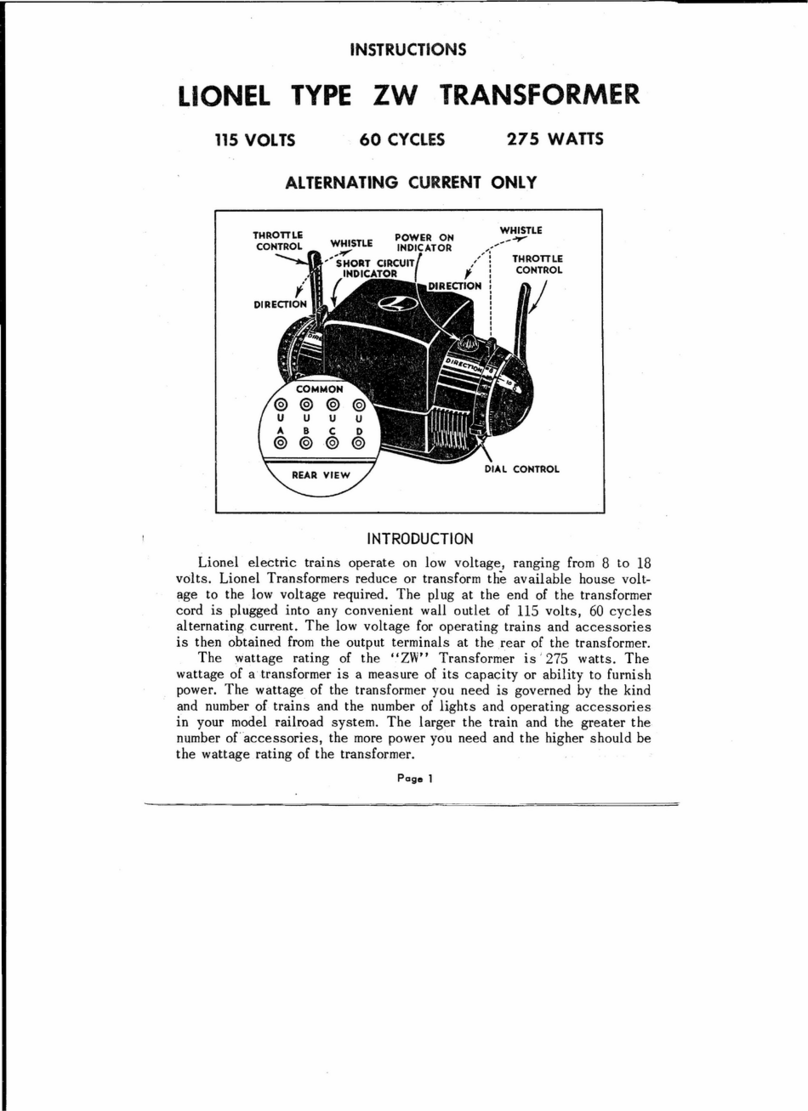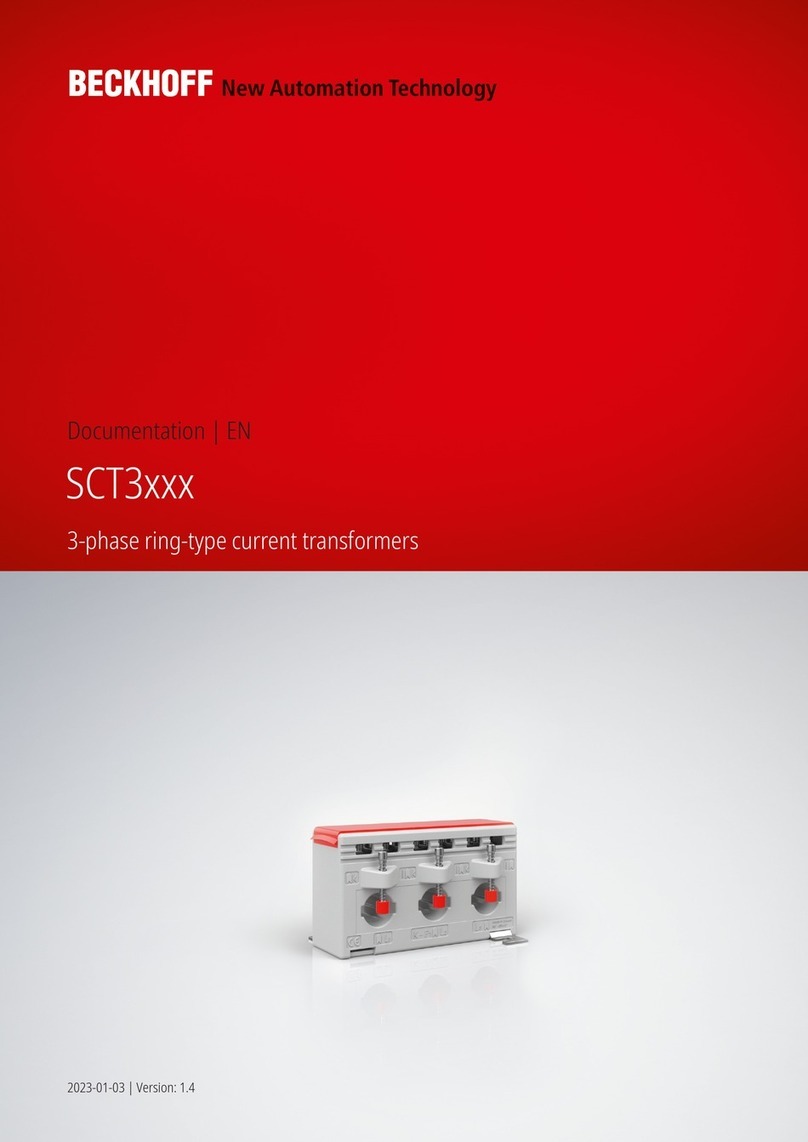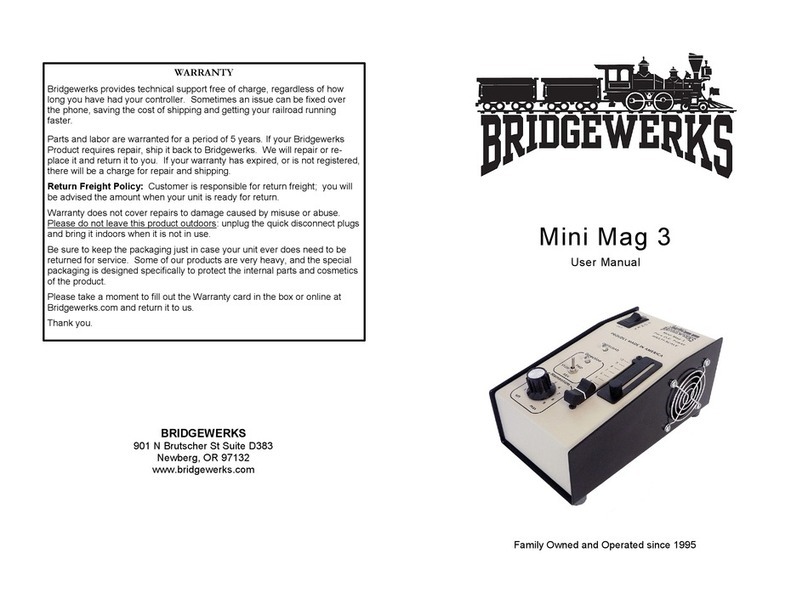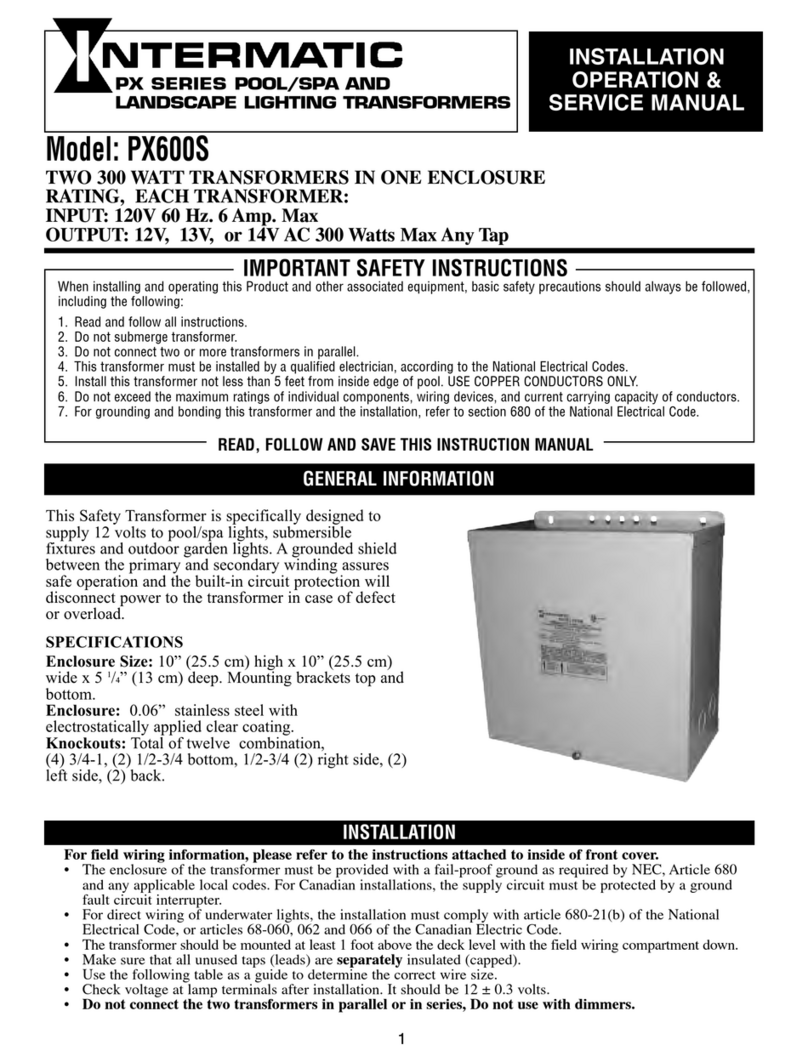
Instruction Manual
© GE Grid Solutions
Example of lifting the VT on its packing
2.4. Storage
- The transformers can be stored in
vertical position in homogeneous
surface. Every time that storage is
outside, remove the bellows blocking
system used for transportation only as
shown in 6.0 below.
NOTE: Always fix the transformer to the
ground even the stored is forecasted for
a short period of time.
- It is not allowed to store the VT in
horizontal position.
3. ANCHORING
The transformer should be set up in vertical
position. It is very important that the surface
on which the VT will be set up is flat
(tolerance no more than 1mm). Verify if the
four feet are supported on the structure. If
not, it is necessary to insert a shim before
putting the fixation screws.
4. CONTACT SURFACES PREPARATION
It is recommended to clean all aluminum
contact surfaces with sandpaper 150 grain to
eliminate the oxidation layer. Scrub the
contact surfaces with a metallic brush
(diameter of the thread 0,3mm) and
impregnate with grease of the type
“PENETROX” or equivalent. All the surfaces
must be completely covered with grease.
For silver or tinned contacts, only clean (do
not use sandpaper) and polish the side of the
aluminum. Cleaning silver or tinned surfaces
with sandpaper could cause damage to the
protection layer.
5. CONECCTIONS
5.1. Primary terminal
Connect the high voltage cable, or
tube, to the primary terminal with an
appropriate connector, so that they
assure a good contact. Be sure that
the instructions of the item 4.0 is
followed.
To fix the connect to the high voltage
terminal use a M12 screw applying
5,0 kgf.m (50 N.m) of tightening
torque.
Remark: The screw thread shall be
covered with graphite grease
MOLYKOTE type P37 or equivalent. Do
not use this Grease in the contact
surface.
5.2. Secondary terminals
For this connection, it is important to
have the set of drawings for this
equipment to confirm the type of
secondary terminals and the cables
accepted.
Use proper connectors to guarantee a
good connection. Tightening torque is
indicated in the drawing of the
secondary terminal box.

